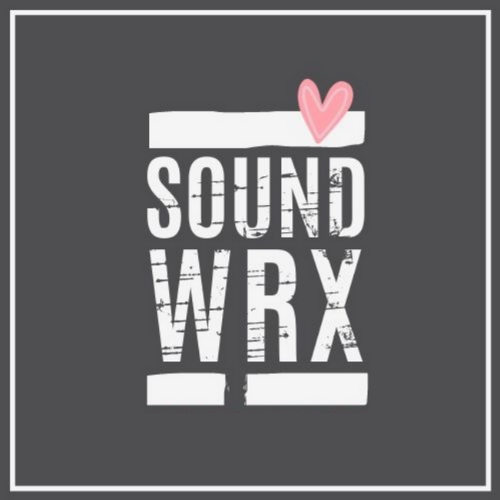Why a “Wait to Fail” Method to Screen hearing is Simply Wrong
There is an idea amongst audiologists, and other professionals, we are unable to test children for auditory processing problems until they are seven years old. Although it depends on what type of tests you’re referring to, this idea is simply false. By the age of seven, a child with an auditory pathway problem is already showing significant delays and has possibly already repeated kindergarten or first grade. Waiting until a child fails is simply not an acceptable method.
Research is in abundance showing the link between beat synchronization, preliteracy skills, and auditory processing. As audiologists, we are required to continue our education to stay on top of new developments, research, and better ways to do things. Beat synchronization involves the integration of sensorimotor systems with auditory and cognitive circuits and, therefore calls on many of the same neural networks as language. 1, 2, 3, 4
So, why are we waiting until kids fail before identifying them?
My guess is that changing how we’ve done things for 30 years is difficult – especially if you’re talking about the field of audiology. Of course, this is coming from an older audiologist who seems to be less resistant to change than most of her colleagues 20-30 years younger than her. Any change is met with resistance whether there’s research to support it or not. It is true that translation research into usable bits of practical methods than can be used in clinic and/or schools can be challenging. But, for anyone who has played Patty-Cake with a 3-year-old child who is exhibiting hemispheric dysfunction, the ability to keep a beat and crossover the body with arms and hands will be immediately clear.
What is not abundantly clear is how to fully diagnosis a 3-year-old. As clinical technology continues to catch up with research, we must take what we know and realize that although we may not be able to make a full diagnosis at 3-years of age, we can certainly flag those we know who are at risk. We have both objective and subjective measures available now.
The auditory system is still maturing, and current technology does not allow us to make a specific diagnosis in a 3-year-old - yet. It is, however, possible to screen and flag children who are at greatest risk for speech, language, and reading delays during this time. The pathways to the auditory cortex are at prime plasticity for myelination and strengthening of all those connections necessary to increase processing speed and temporal acuity. 5 This is the time to make huge changes along the auditory pathway.
Finding children at 3-years versus 7-years is monumental in terms of intervention and can mean the difference between a lifetime of special education instead of a few years. There are ways to flag these children both objectively and subjectively. Here are just a few:
Objectively
· Interactive Metronome
· Frequency Following Response – Auditory Evoked Potentials
· Acoustic Reflexes – should be present at lower levels if hearing is normal – remember littles have smaller ear canals so measurements will be different
Subjectively
· A game of Patty Cake
· Children with sensory issues
· Inability to follow a multi-step directions
· A rhyming game or puzzle
· Find hidden sounds
None of this is rocket science. We can flag children young and provide intervention to help with beat synchronization because we already know these kids need practice at it. As children mature, we can continue to monitor and employ other screeners and tests to boil down exact issues. The only thing that’s not a good choice is waiting. Here are a few simple ways to encourage beat synchronization along the auditory pathway:
· Posting (horseback riding)
· Playing a musical instrument
· Dancing
· Songs and movement like Hokey Pokey
· Rhythm Cup Explorations (composecreate.com)
We must find these kids young. Despite millions of dollars being spent on remedial reading incentives, scores continue to plummet across the country. Until we start employing better methods to flag children with all auditory pathway problems at younger ages who are at risk for reading delays, we won’t be able to move the needle.
2. https://brainvolts.northwestern.edu/wp-content/uploads/boxtrx/Bonacinaetal_2019_BnL.pdf
3. https://brainvolts.northwestern.edu/wp-content/uploads/boxtrx/Pediatric_Audiology_Chapter_15.pdf
4. https://brainvolts.northwestern.edu/wp-content/uploads/boxtrx/Lam2017Neuropsychologia_new.pdf
5. https://www.ncbi.nlm.nih.gov/pmc/articles/PMC6865417/

